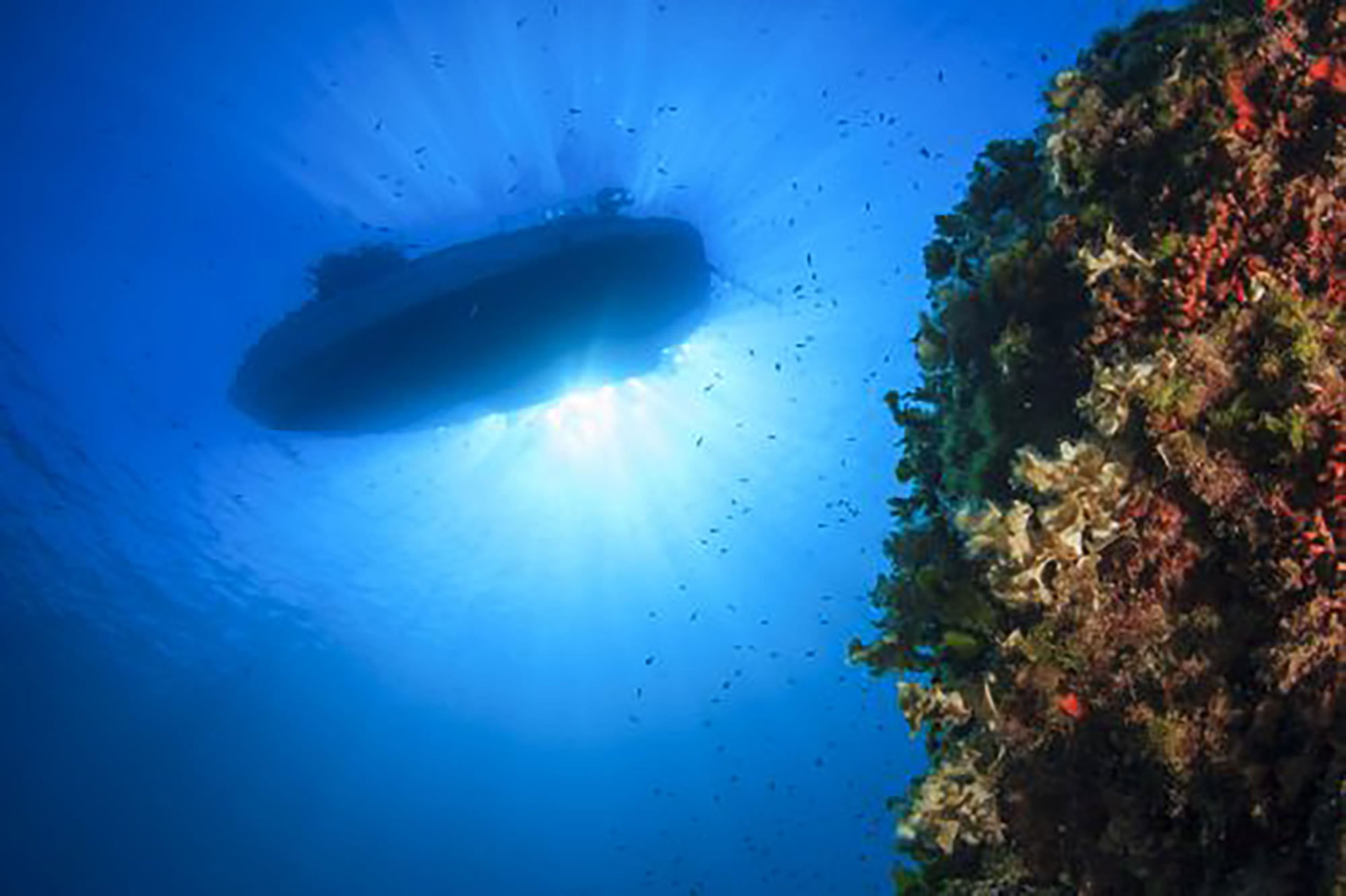One of the more unusual sights of the coronavirus pandemic has been that of cruise ships stranded around the world.
Whether it is Princess liners in Manila Bay, Fred Olsen ships stranded in Rosyth or P&O vessels off the coast from Portsmouth to Plymouth, these ‘ghost ships’ have become somewhat of a tourist attraction.
But magnificent as they may look, questions have been raised about the impact these ships (and shipping in general) have on humans and marine life.
No switch off for stranded vessels
Many ships are choosing to remain out at sea because they have to pay fees to berth in ports, which could financially cripple an already struggling industry. Space at ports is also limited; for example, Southampton only has four cruise ship terminals — six in exceptional circumstances.
However, because of the dangers of ‘anchor drag’ or ships drifting at sea due to severe weather, it is impossible to have any vessel at anchor without a crew onboard. As such, things like safety systems and lighting need to be maintained for the onboard crew. This means that all these stranded vessels cannot simply switch off their generators.
The fuel these ships burn can be far more polluting than the types used for cars on roads, affecting air quality in the coastal communities. Emissions of sulphur oxide can also make conditions like asthma worse, reducing lung function and leading to respiratory inflammation.
Filling the seas with sound
Yet, the impact of shipping on human life is nothing in comparison to that of marine life. Just last month, the Japanese MV Wakashio ran aground on a coral reef off the coast of Mauritius, spilling tonnes of oil into the surrounding sea. This ecological disaster has already had a significant impact on the local marine life, killing many different species.
Shipping routes are essentially ‘marine roads’, which provide pathways that facilitate transportation, connect locations and concentrate vessel movements. As with terrestrial roads, these routes also see extensive pollution. Some forms of shipping pollution may be concentrated within marine roads, whereas others will have a larger footprint. Pollution can enter the marine environment either directly (as is the case with the Mauritius oil spill) or indirectly through ship emissions and exhaust.
Noise pollution also has a major impact on marine life. Ship engines are filling the seas with sound, with some sounds audible underwater for hundreds of kilometres. Short, loud blasts can cause physical damage, whereas persistent background noise — such as that from anchored cruise ships — can alter communication and feeding behaviours in marine animals.
A greener future
Shipping is one of the world’s largest industries, accounting for 80% of the total world merchandise trade. As such, it is vital to take appropriate steps to minimise the negative impact of operations.
Noise pollution, fortunately, can be tackled extremely rapidly. Vessels can be made quieter by elevating engines off the ship floor or using propellers designed to reduce cavitation (the creation of tiny bubbles which explode and produce a loud ‘pop’). Many cruise ships are starting to use electric motors to drive their propellers, too — mainly to reduce noise levels for passengers, but also to benefit marine life.
In terms of chemical pollution and oil spills, regular vessel maintenance is critical. Engine bolts should be tightened to prevent oil leaks, hydraulic lines should be fitted before they fail, and any cracks should be mended immediately.
Thankfully, things are also going in the right direction when it comes to reducing air pollution from vessels. Shipping will be added to the UK’s net-zero carbon target (although not until 2023), and amendments to the directive mean the sector will now also be subject to the MRV (Monitoring, Reporting and Verification) Regulation within the EU.
To achieve these targets, ships will need to start using cleaner fuel alternatives, such as methanol marine fuel, and look to new, greener ways of working without hindering operations. For example, engineless sailing cargo ships could transport cargo and passengers on shipping lines all over the world.
Do you want to stay up to date with maritime and shipping news? Follow us on LinkedIn or Twitter for the latest insights.








